Criteria for detection of transiently evoked otoacoustic emissions in schoolchildren
Bartosz Trzaskowski, Edyta Pilka, W. Wiktor Jedrzejczak, Henryk Skarzynski
International Journal of Pediatric Otorhinolaryngology 79 (2015), pp. 1455-1461
http://www.sciencedirect.com/science/article/pii/S0165587615003043
Objectives
The aim was to compare, on the same dataset, existing detection criteria for transiently evoked otoacoustic emissions (TEOAEs) and to select those most suitable for use with school-aged children.
Methods
TEOAEs were recorded from the ears of 187 schoolchildren (age 8–10 years) using the Otodynamics ILO 292 system with a standard click stimulus of 80 dB peSPL. Pure tone audiometry and tympanometry were also conducted. Global and half-octave-band (at 1, 1.4, 2, 2.8, 4 kHz) values of OAE signal-to-noise ratio (SNR), reproducibility, and response level were determined. These parameters were used as criteria for detection of TEOAEs. In total, 21 criteria based on the literature and 3 new ones suggested by the authors were investigated.
Results
Pure tone audiometry and tympanometry screening generated an ear-based failure rate of 7.49%. For TEOAEs, there was a huge variability in failure rate depending on the criteria used. However, three criteria sets produced simultaneous values of sensitivity and specificity above 75%. The first of these criteria was based only on a global reproducibility threshold value above 50%; the second on certain global reproducibility and global response values; and the third involved exceeding a threshold of 50% band reproducibility. The two criteria sets with the best sensitivity were based on global reproducibility, response level, and signal-to-noise ratio (with different thresholds across frequency bands).
Conclusions
TEAOEs can be efficiently used to test the hearing of schoolchildren provided appropriate protocols and criteria sets are used. They are quick, repeatable, and simple to perform, even for nonaudiologically trained personnel. Criteria with high sensitivity (89%) were identified, but they had relatively high referral rates. This is not so much a problem in schoolchildren as it is in newborns because with schoolchildren pure tone audiometry and tympanometry can be performed immediately or at a follow-up session. Nevertheless, high referral rates lead to increased screening cost; for that reason, three less rigorous criteria with high values of both sensitivity and specificity (75% and above) are recommended.
 polski
polski

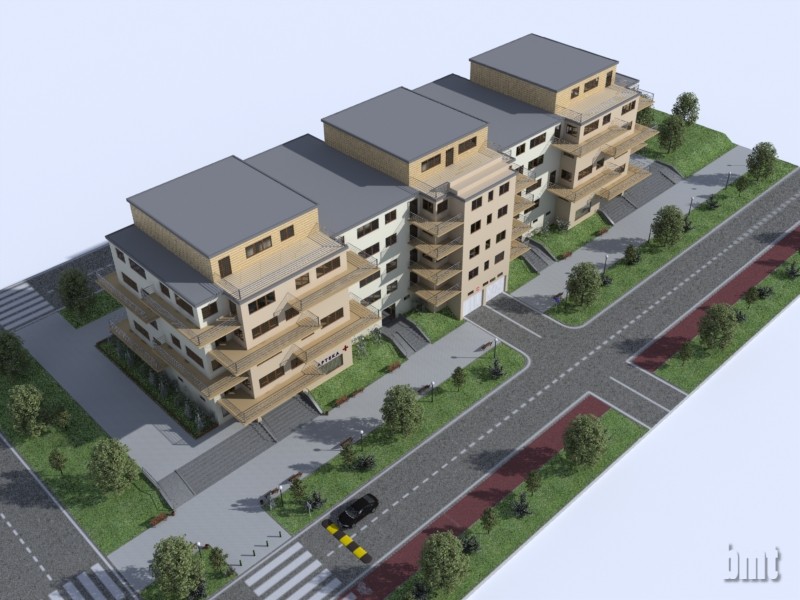
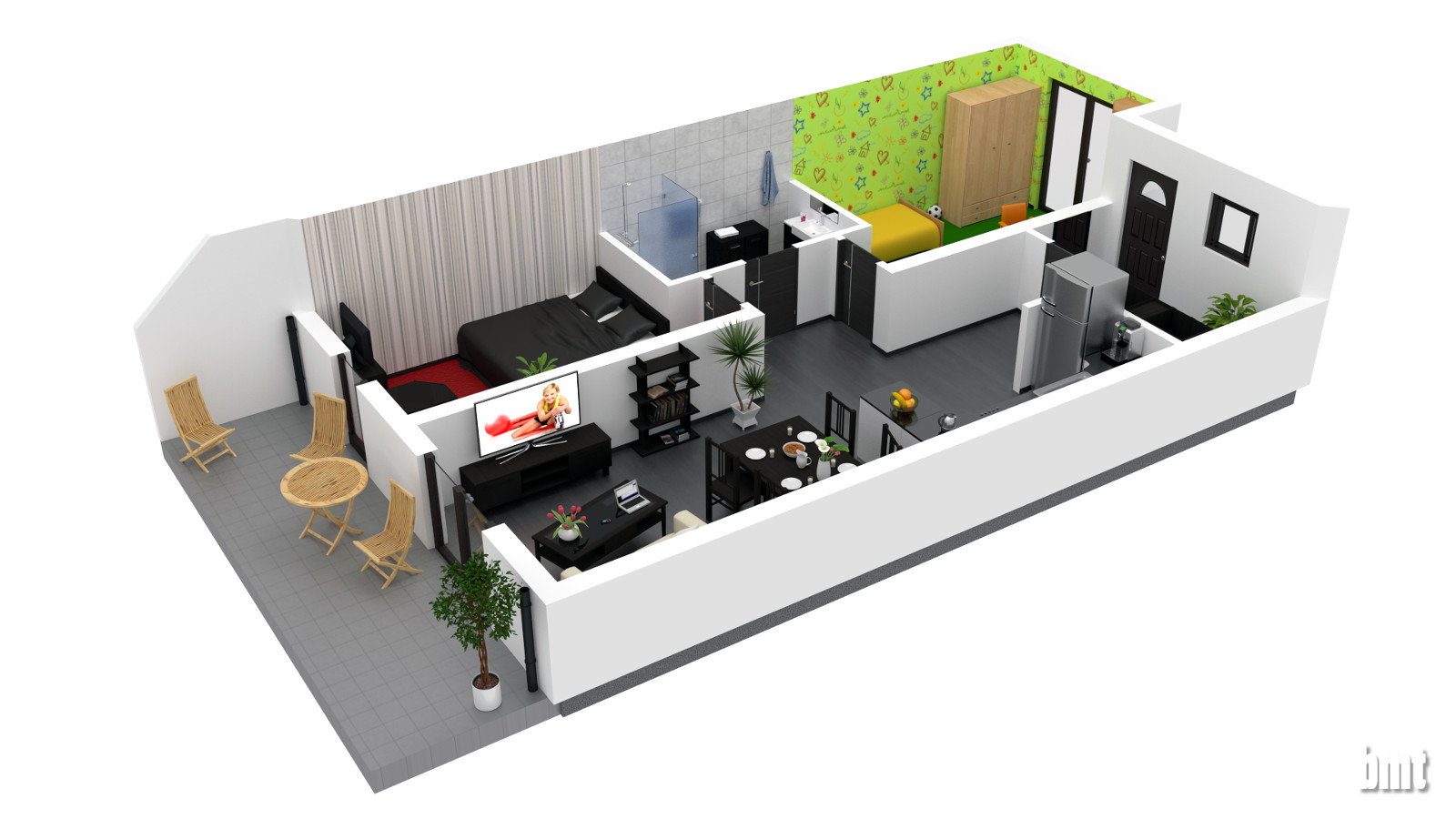

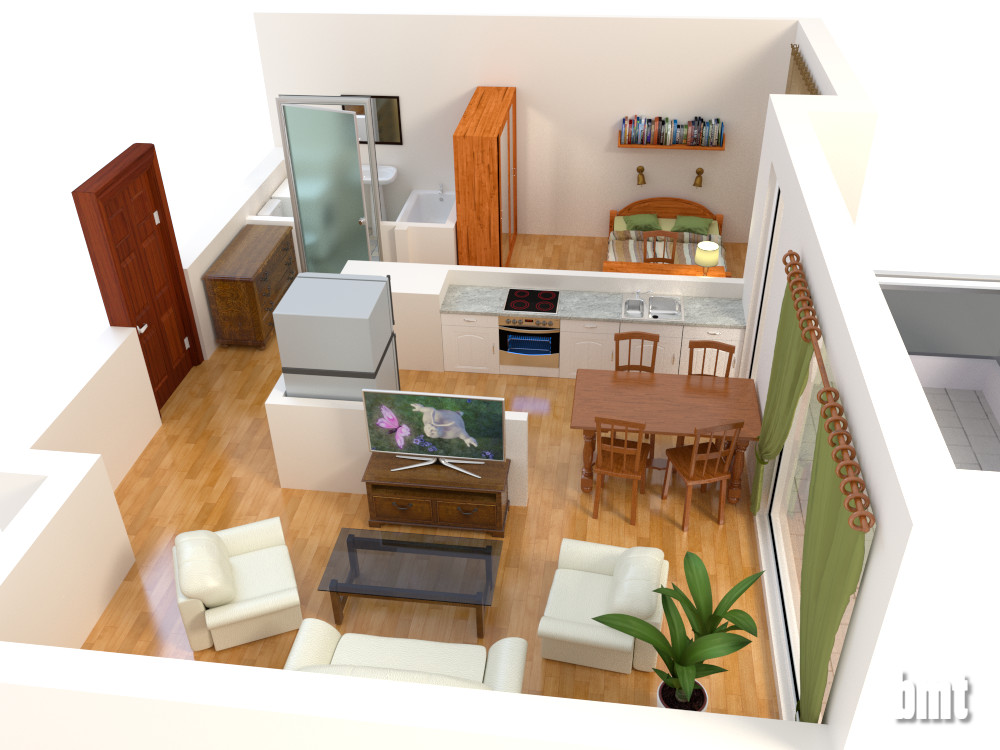
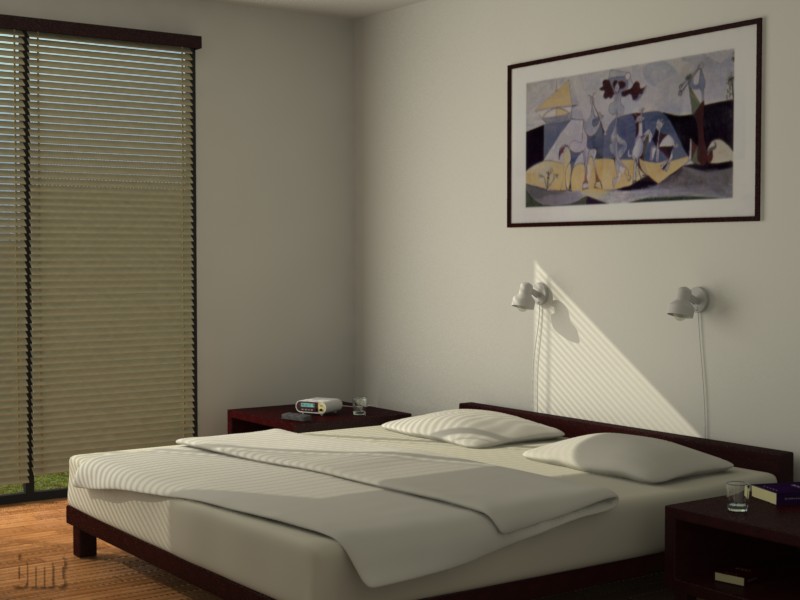
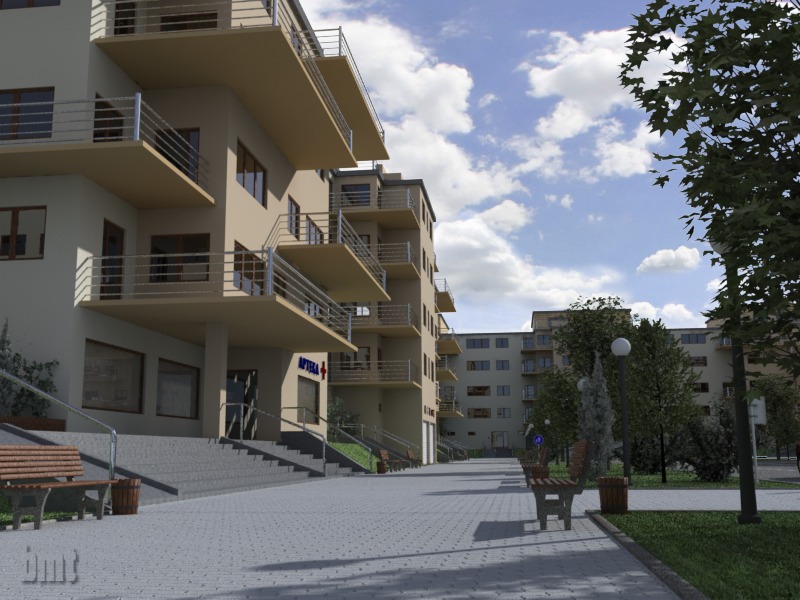
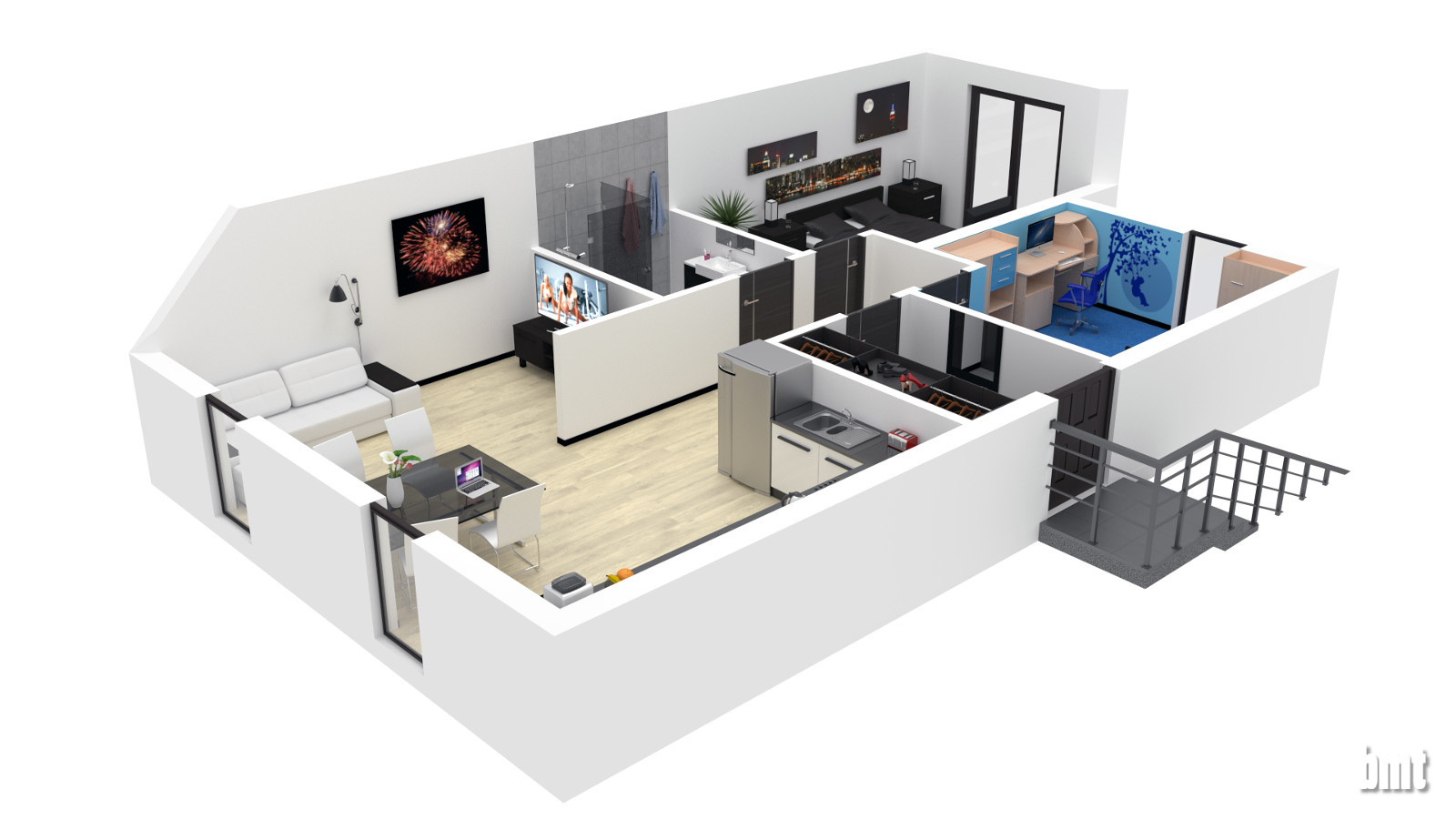
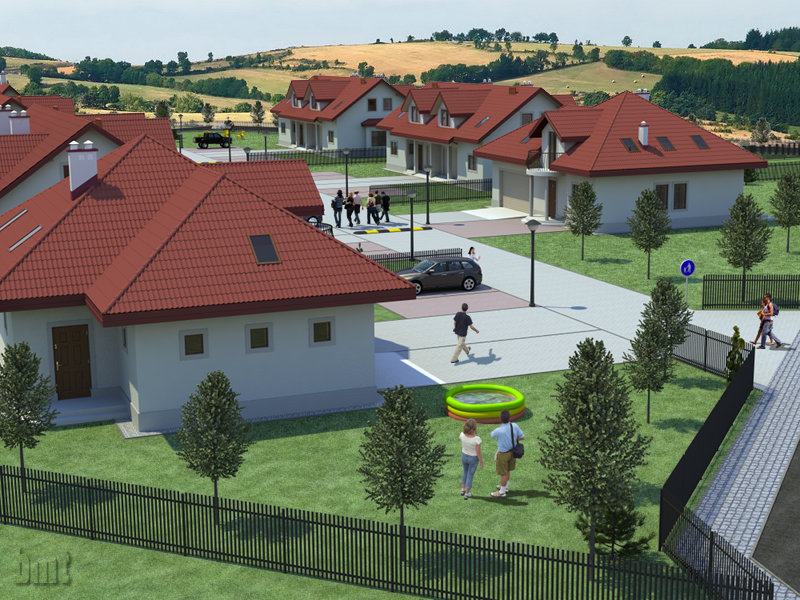
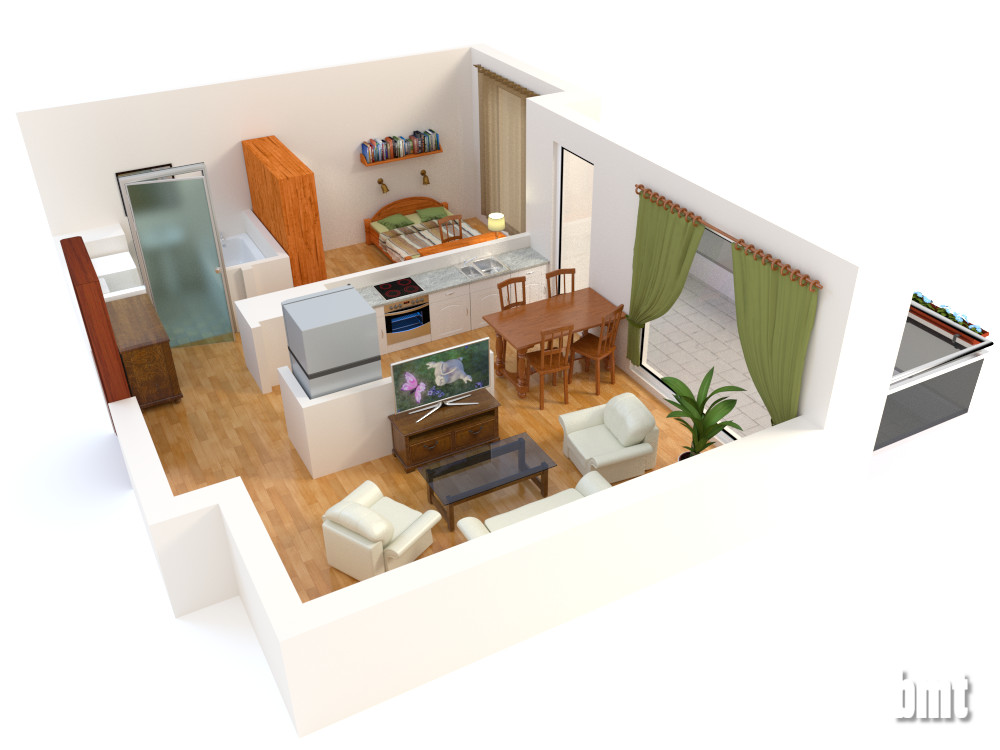
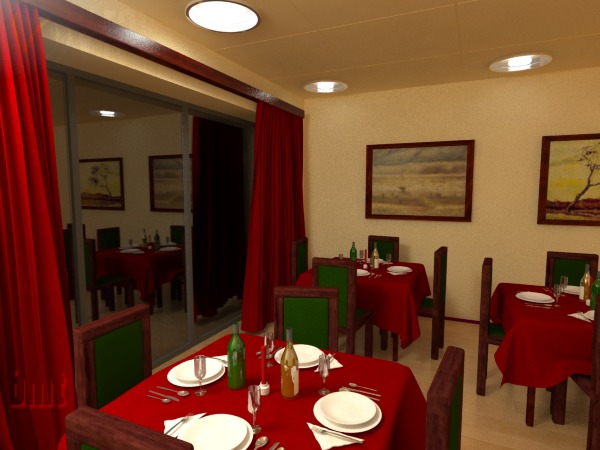
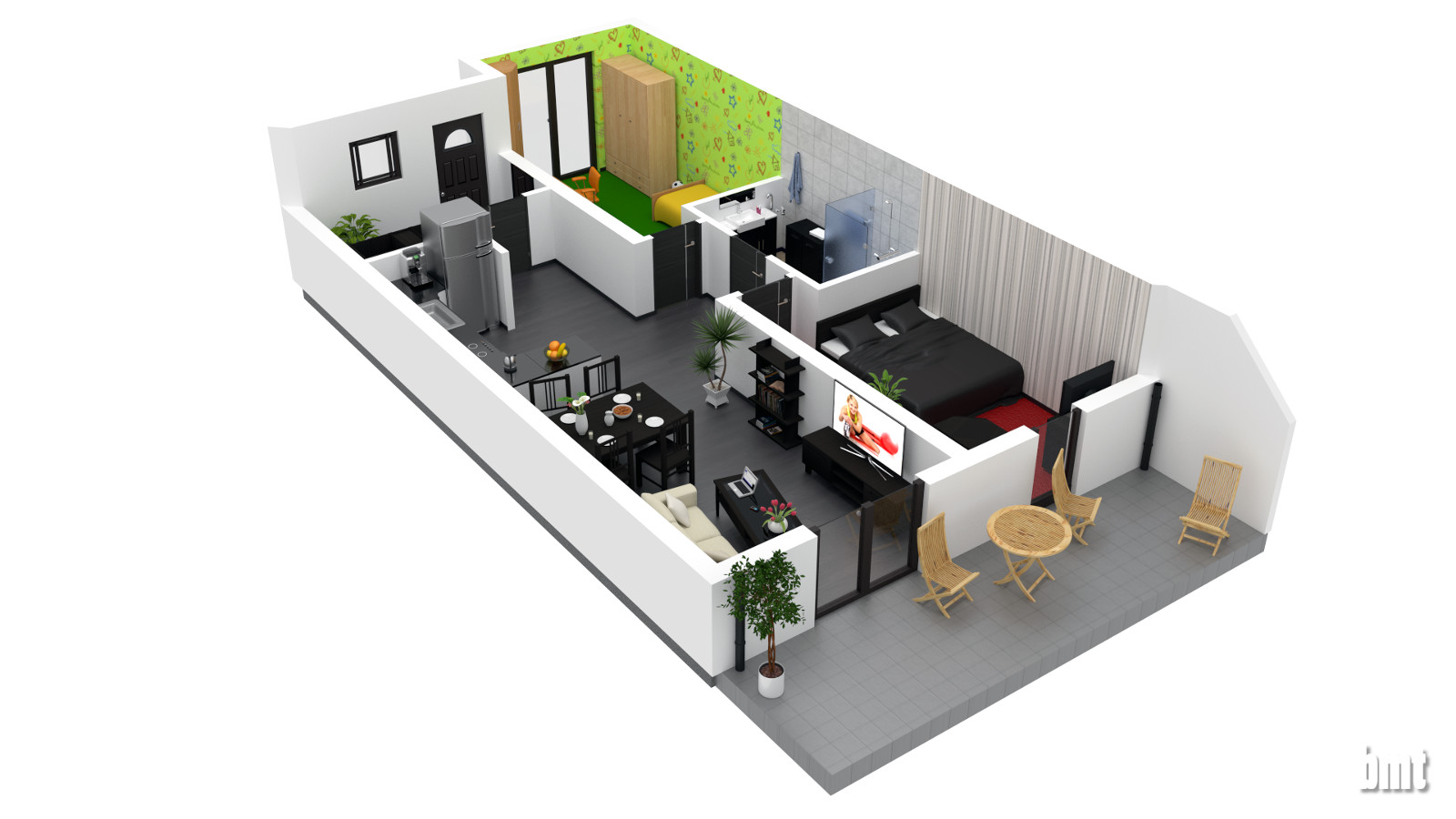
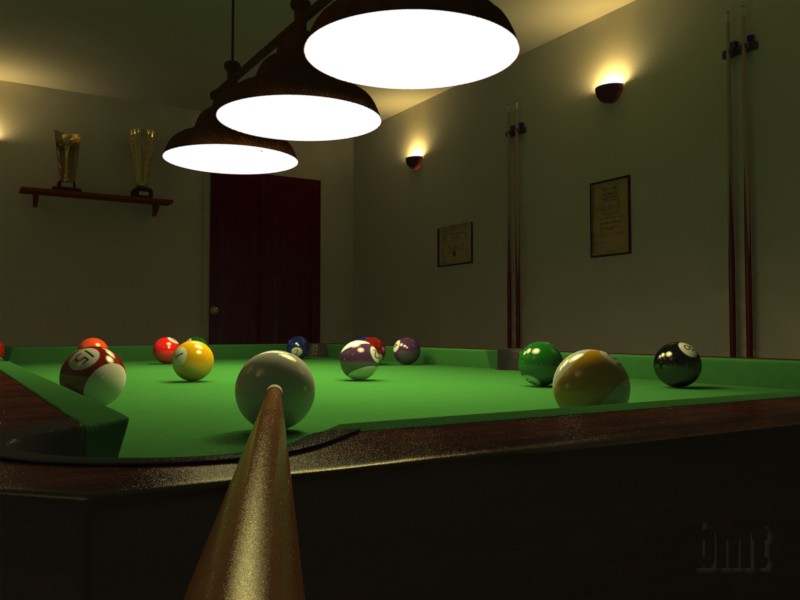

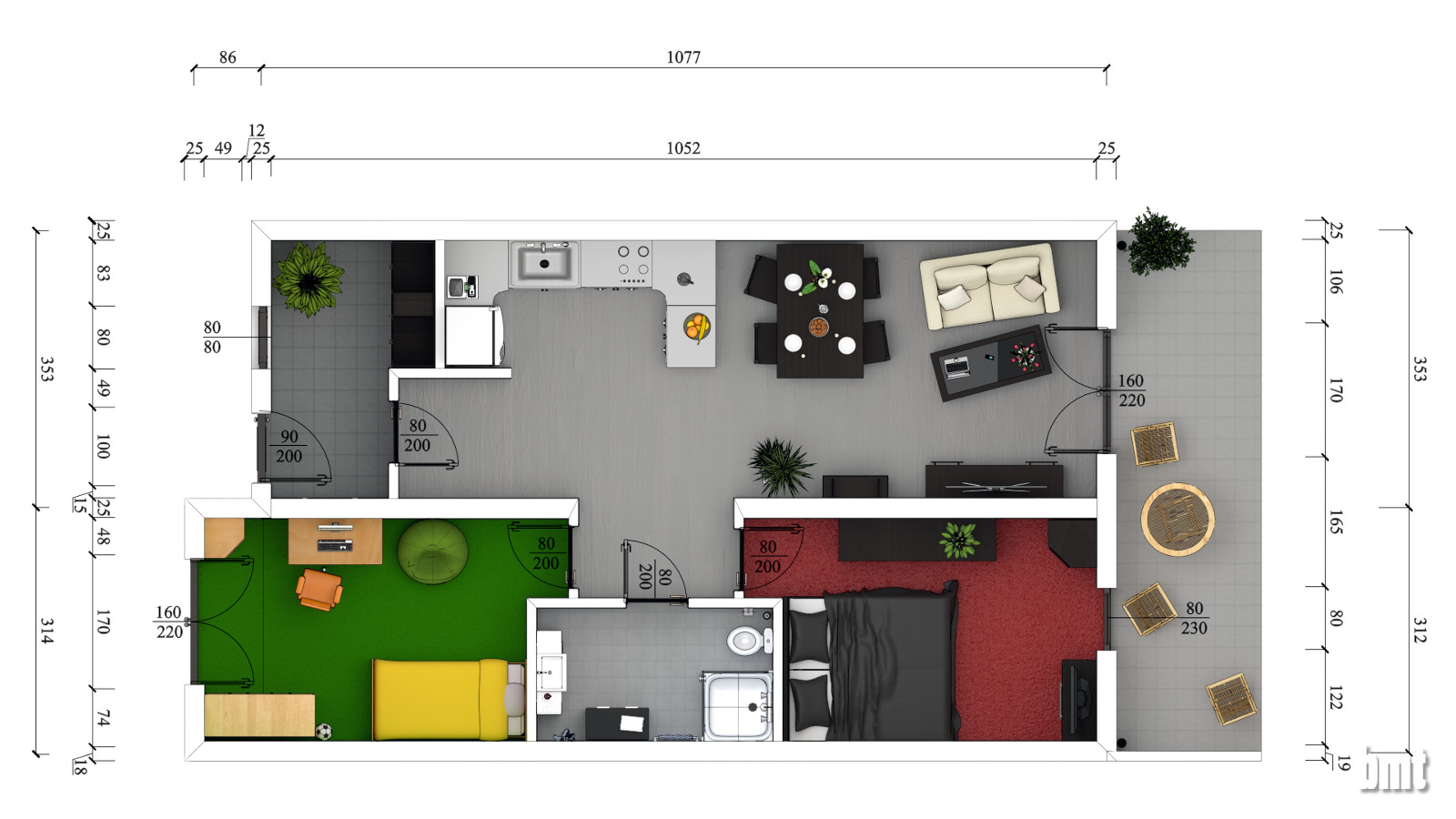



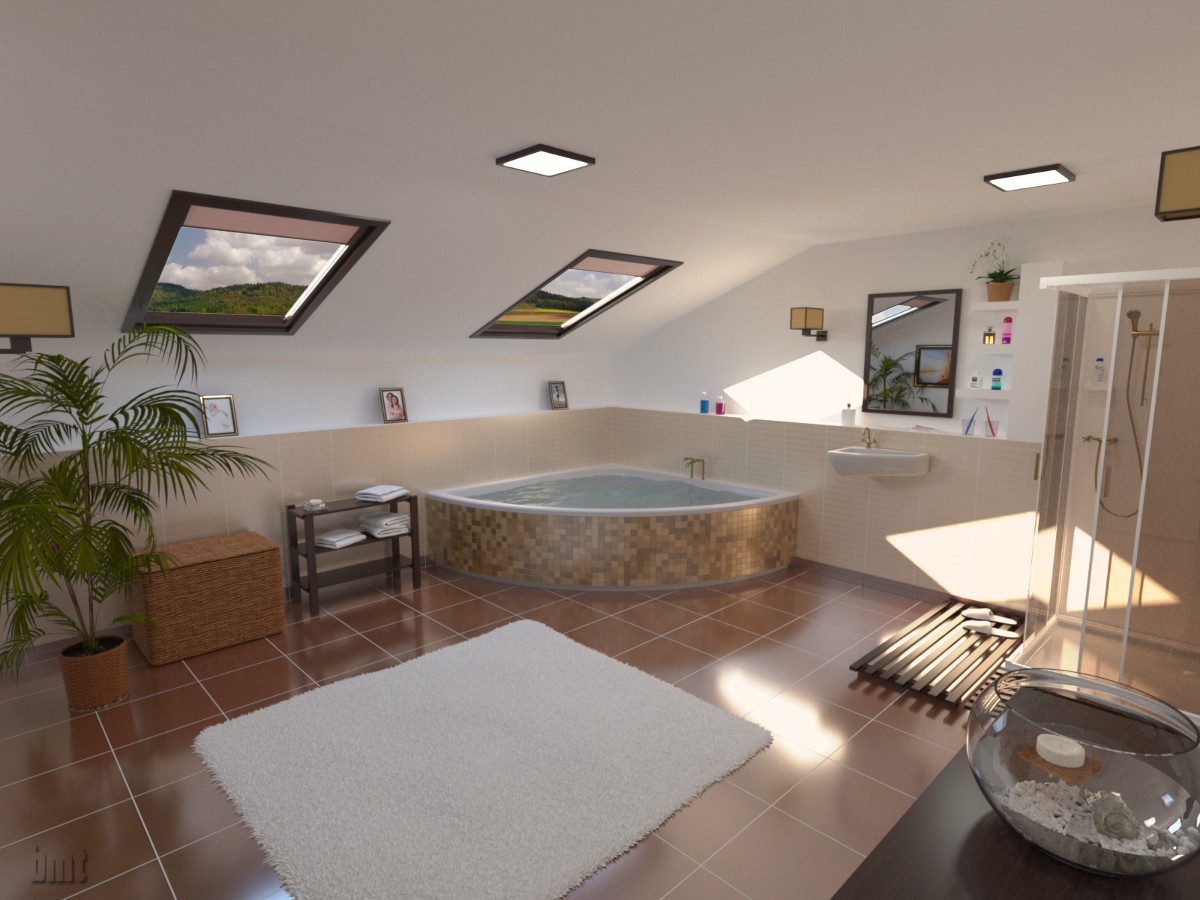
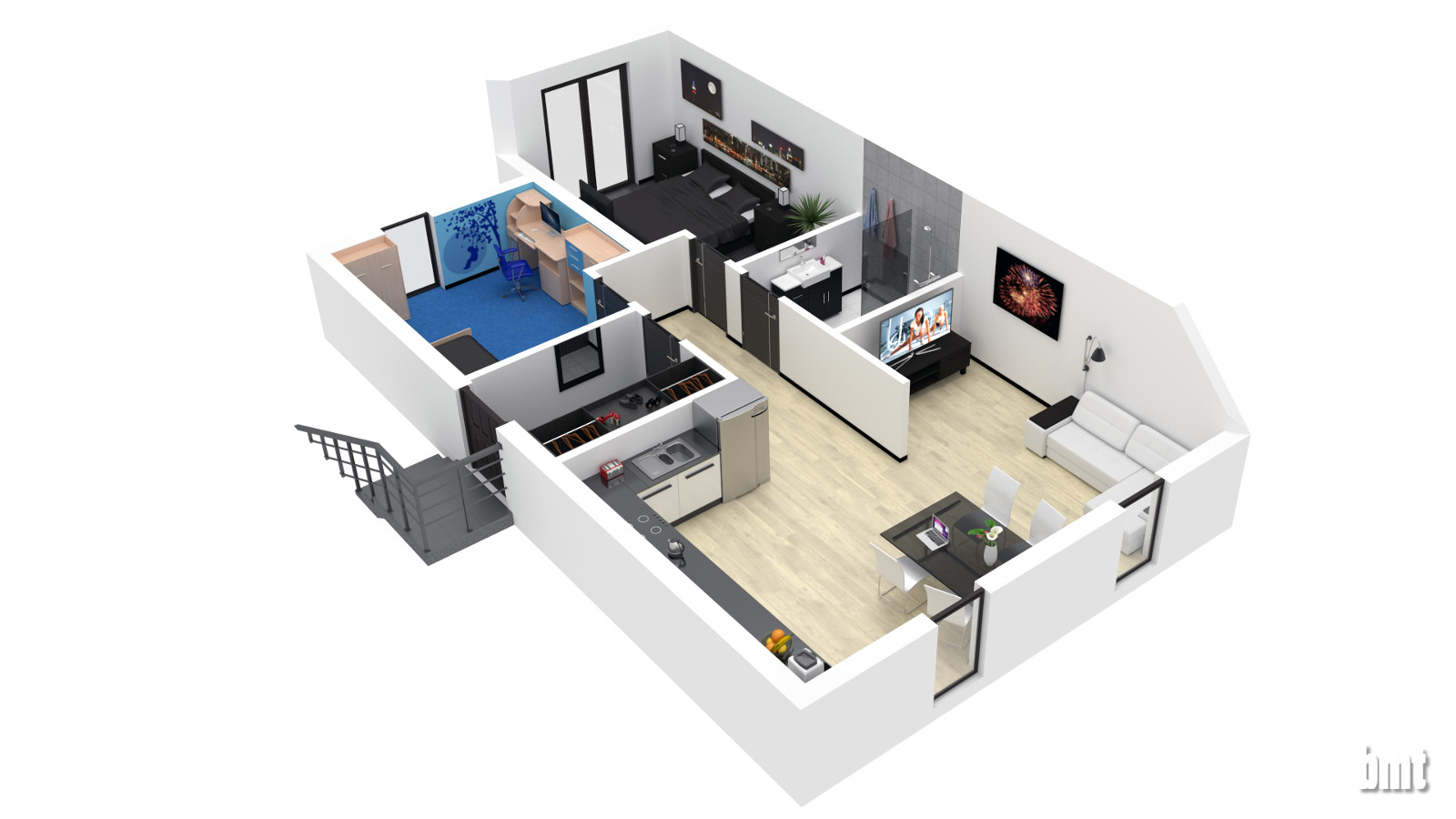
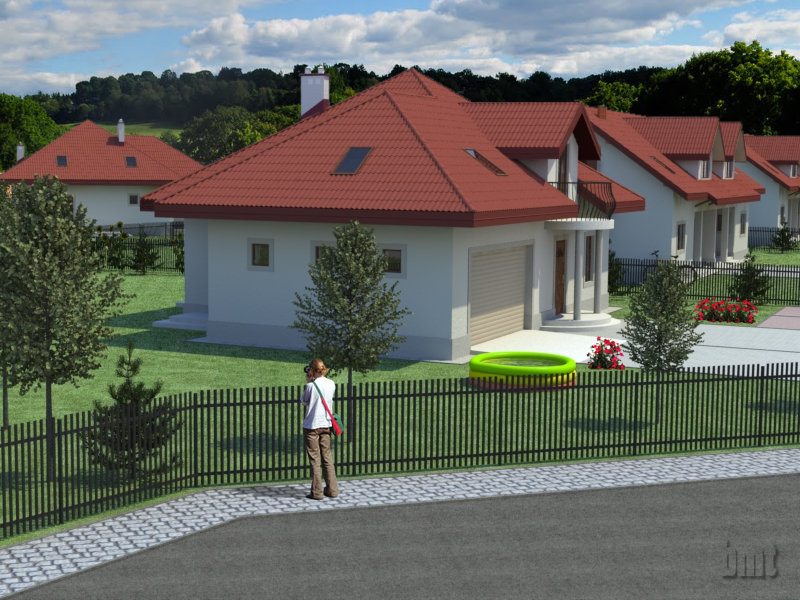

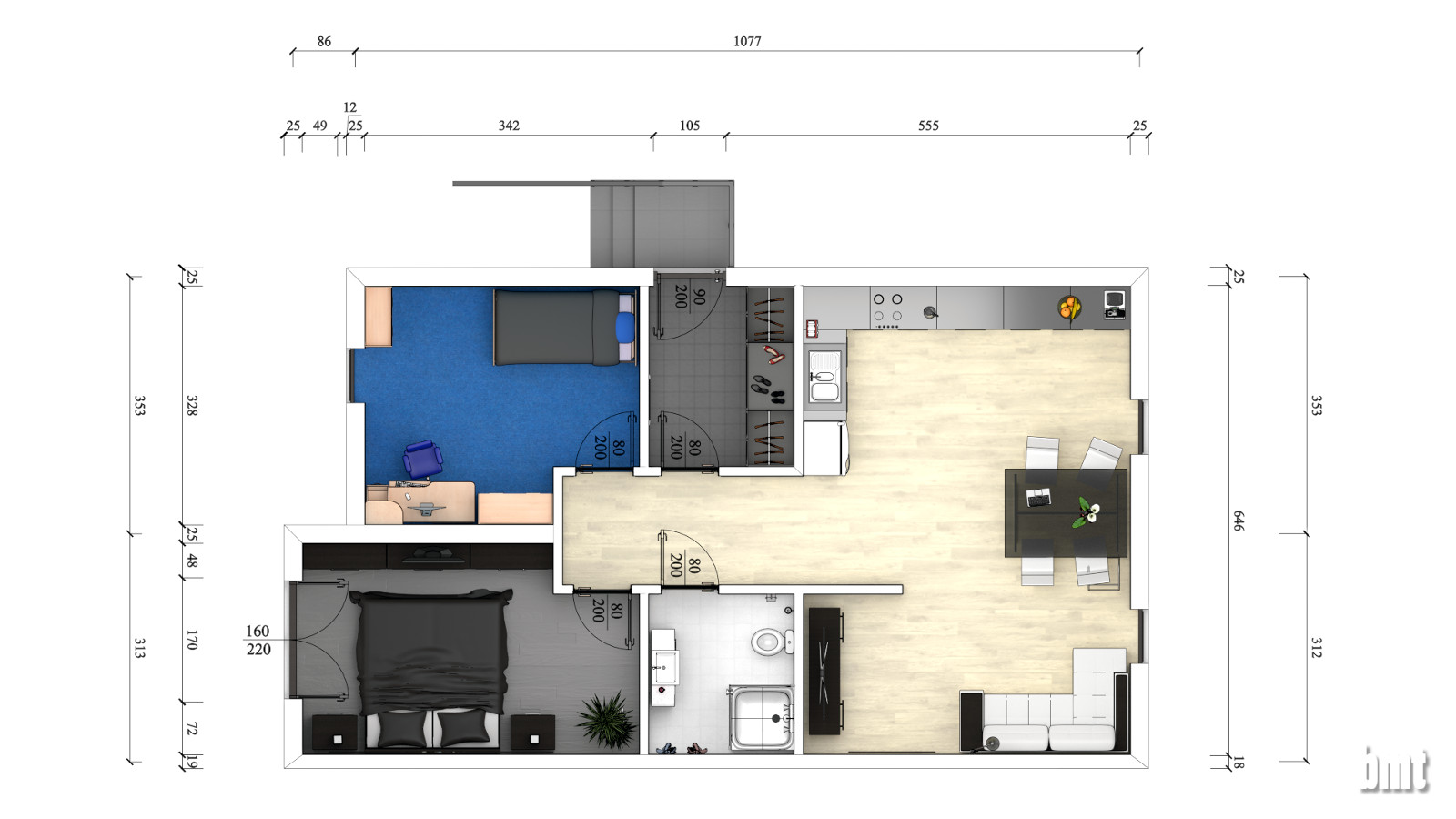



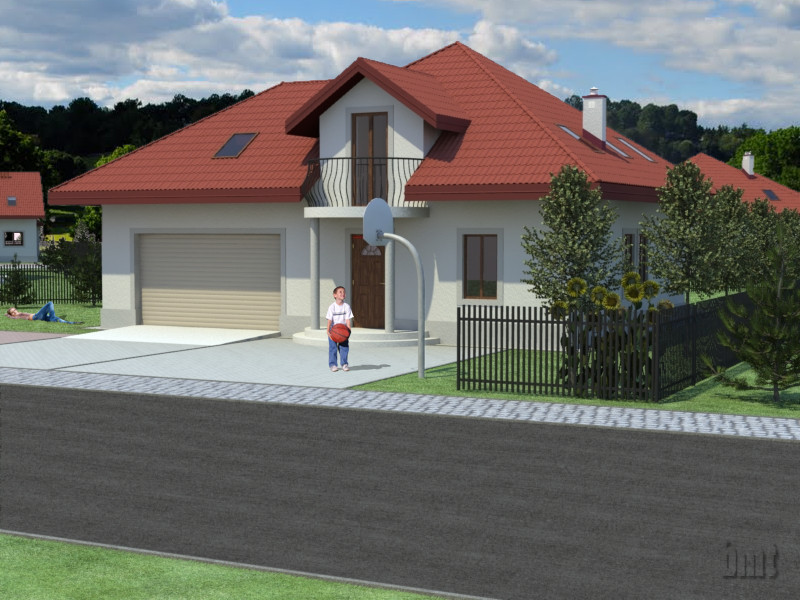


 English
English